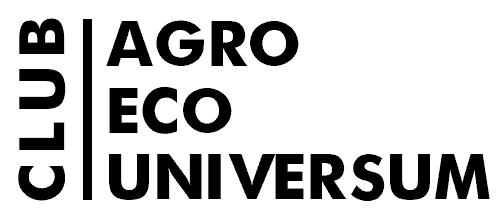Wastewater solves the problem of water scarcity in agriculture

Experience in the use of domestic wastewater for agriculture
Domestic waste waters irrigation has long been known and is regulated by laws and regulations (like in Moscow region). Domestic sewage is the richest in nutrients. There are two basic approaches to the using of nutrients from wastewater in agriculture: watering of crops by wastewater; the use of sewage sludge as a solid organic fertilizer.
Since the late 19th century to the 1970s, Moscow fields of vegetable crops were irrigated by sewage. The experience of the Moscow Region in the use of wastewater can be adapted for use in other regions, taking into account climatic and other features. This article discusses the experience of using wastewater for irrigation of agricultural land on the example of the island of Bali.
The ecological problems of Bali are: the scarcity of water due to the presence of a six-month dry season, which greatly reduces the productivity of agriculture; a high level of wastewater pollution; the lack of nutrients (mineral and organic fertilizers) for agricultural production.
In order to use the wastewater of densely populated areas (such as Bali) for irrigation in agriculture, it is necessary to carry out their preliminary treatment. Using the experience of the Kuryanovskaya treatment plant in Moscow, a number of recommendations can be made on water purification: it is necessary to carry out biological wastewater treatment from organic pollutants in aeration tanks; wastewater sludge should be removed and partially used as organic fertilizer; in case of insufficient wastewater treatment, it is necessary to use Phyto-Treatment Systems (PTS), known as Constructed Wetlands or Treatment Wetlands, have been actively developing in the world since the 1970s.

The recommended technological chains for the most efficient use of nutrients from wastewater treatment (WWTP – Waste Water Treatment Plants)
PTS are a man-made water treatment plants with a specific composition of microorganisms developing in the root zone of plants in water. Plants and microorganisms form in PTS a highly effective system for removing organic compounds from toxic waste. A PTS is an artificially created purification system that resembles a bioponds, cascaded and constructed taking into account the optimal physical, chemical and biological factors of the purification process. PTS is recommended to be located at the mouths of the most polluted rivers flowing into the drinking water reservoir or flowing into the rivers carrying water to the reservoir or the sea.
The vegetation in the PTS, releasing oxygen during photosynthesis, has a beneficial effect on the oxygen regime of the coastal zone of the reservoir. Bacteria and algae living on the surface of plants play an active role in water purification. In the thickets of coastal plants, living organisms develop, which also takes part in the self-purification of water and bottom sediments; benthic organisms utilize the organic matter of sludge and the bacteria that live there. Under the influence of all these processes, the content of dissolved oxygen in the water increases, its transparency and nutrient content increase, the mineralization of water and the amount of intermediate decomposition products of pollutants decrease.

Coastal PTS examples
But the choice of technology should be based not only on achieving the standard of water quality, and also on the calculation of the economic schemes for the utilization of nutrients (in the form of irrigation water or in the form of sludge-like solid organic fertilizer). Nutrients in wastewater of densely populated areas should always be considered as a resource for the biosphere or agricultural products.
Full Text:
Budiasa, I. W., Santosa, I. G. N., Sunarta, I. N., Suada, I. K., Rai, I. N., Dewi, A. R., … & Shchegolkova, N. (2018). The potential use of Bali wastewater for crop production based on Moscow region experience. Water resources, 45(1), 138-147.
